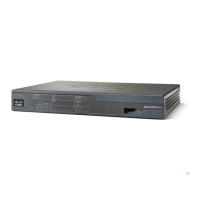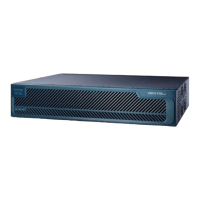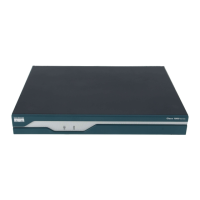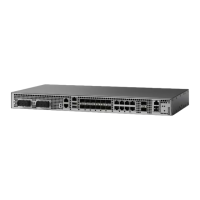PurposeCommand or Action
(Optional) Exits the subinterface configuration mode.exit
Step 5
Example:
• The exit command is not explicitly required.
RP/0/RP0/CPU0:router(config-subif)# exit
—Repeat Step 2 through Step 5 to define the rest of the VLAN
subinterfaces.
Step 6
Saves configuration changes.Do one of the following:
Step 7
• end • When you issue the end command, the system prompts
you to commit changes:
•
• commit
Uncommitted changes found, commit them before
Example:
exiting(yes/no/cancel)?
[cancel]:
RP/0/RP0/CPU0:router(config)# end
• • Entering yes saves configuration changes to the
running configuration file, exits the configuration
session, and returns the router to XR EXEC mode.
Example:
Example:
• Entering no exits the configuration session and
returns the router to XR EXEC mode without
committing the configuration changes.
RP/0/RP0/CPU0:router(config)# commit
• Entering cancel leaves the router in the current
configuration session without exiting or
committing the configuration changes.
• Use the commit command to save the configuration
changes to the running configuration file and remain
within the configuration session.
(Optional) Displays the interface configuration.
show ethernet trunk bundle-ether instance
Step 8
Example:
The Ethernet bundle instance range is from 1 through 65535.
RP/0/RP0/CPU0:router# show ethernet trunk
bundle-ether 5
Configuring an Attachment Circuit on a VLAN
Use the following procedure to configure an attachment circuit on a VLAN.
SUMMARY STEPS
1. configure
2. interface [GigabitEthernet | TenGigE | Bundle-Ether | TenGigE] interface-path] id.subinterface
l2transport
3. dot1q vlan vlan-id
4. l2protocol {cdp | pvst | stp | vtp}{[forward | tunnel][experimental bits]|drop}
5. Do one of the following:
Interface and Hardware Component Configuration Guide for Cisco NCS 6000 Series Routers, IOS XR Release 6.4.x
115
Configuring 802.1Q VLAN Interfaces
Configuring an Attachment Circuit on a VLAN

